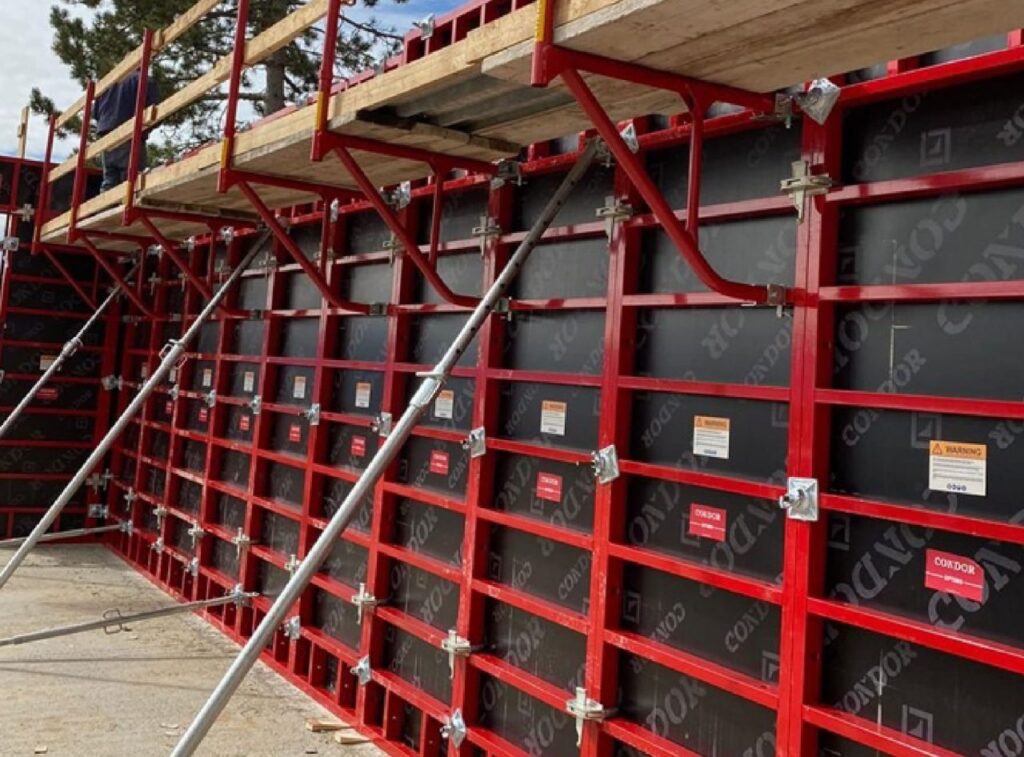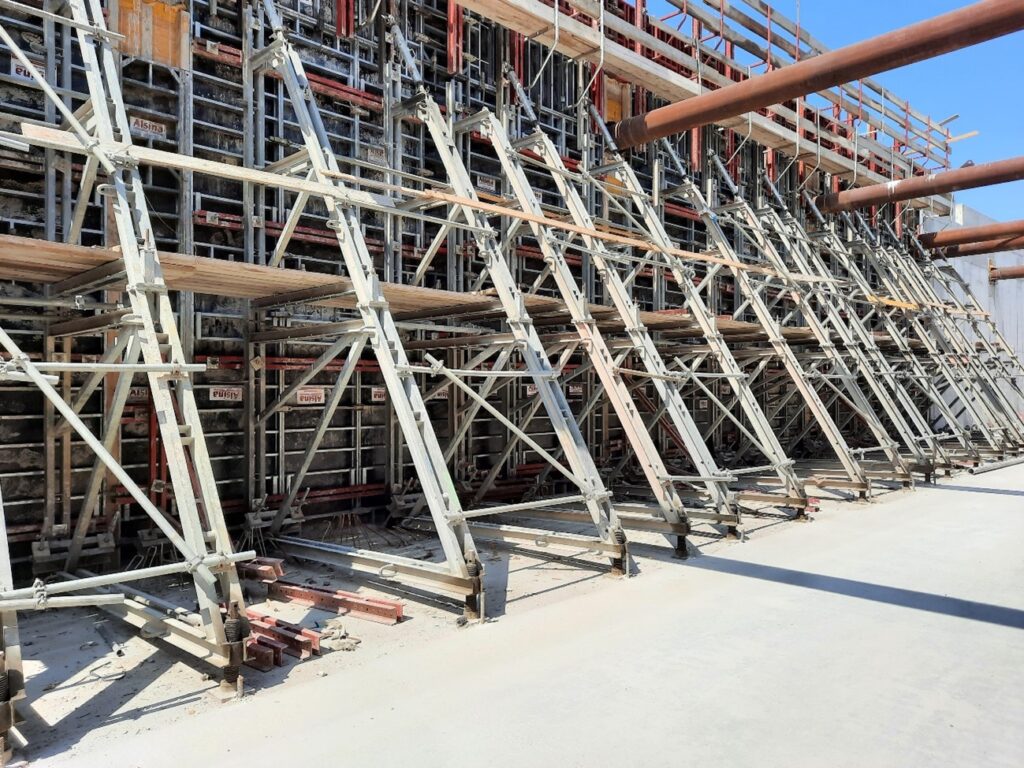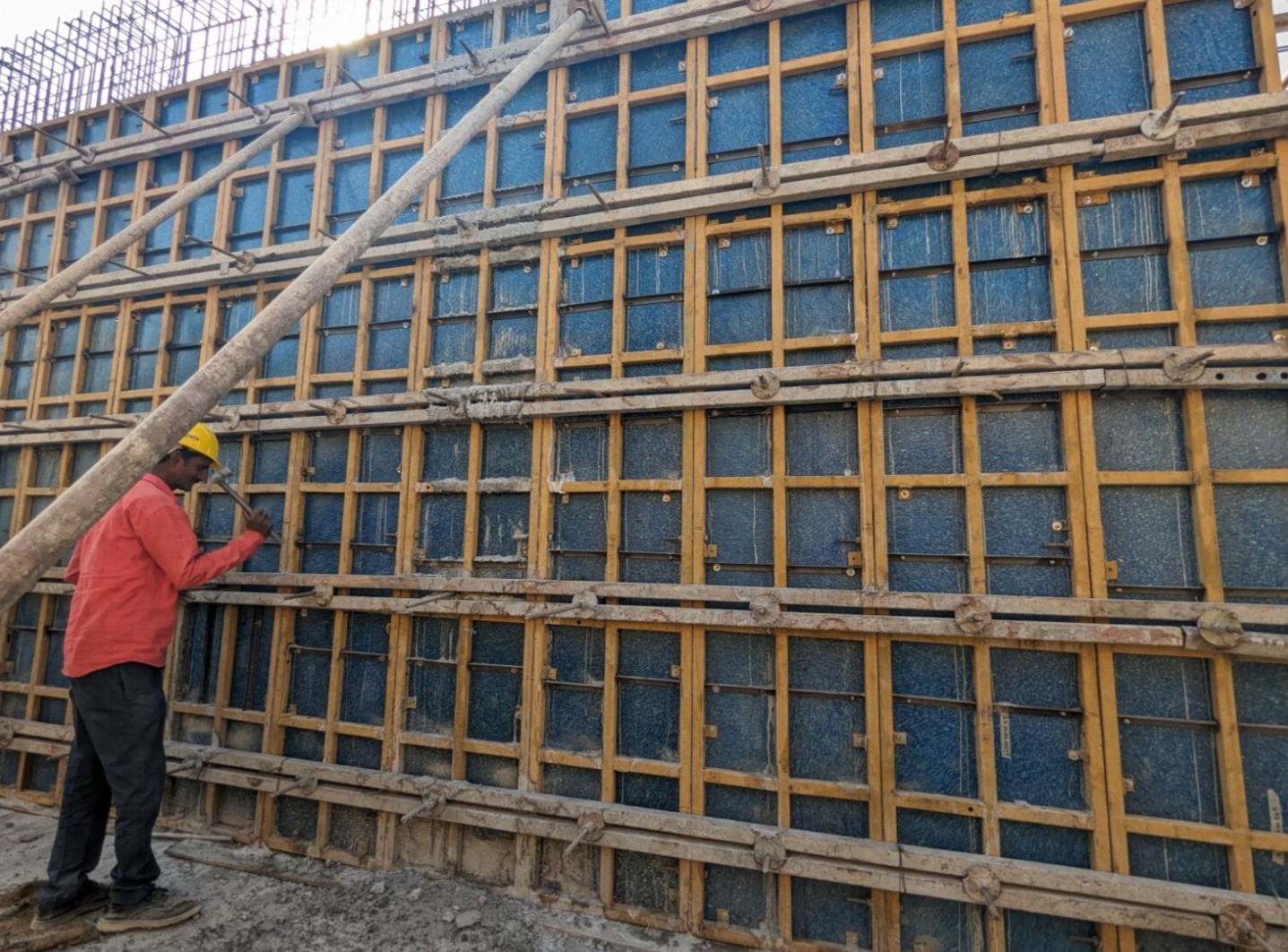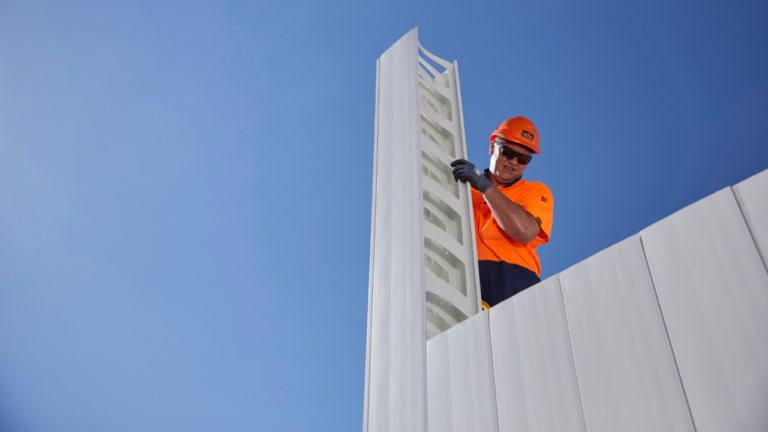Understanding the Different Types of Formwork Plywood for Your Construction Project
What is Formwork Plywood?
Formwork plywood is a crucial component in the construction industry, primarily used to create temporary structures that hold concrete in place while it sets. This type of plywood is designed to withstand the rigours of construction, including the weight of wet concrete and the stresses of various weather conditions. Understanding the different types of formwork plywood available can significantly impact the efficiency and cost-effectiveness of a construction project.
Typically, formwork plywood is made from high-quality wood or engineered wood products. It is treated with special coatings to enhance its durability and resistance to moisture, making it suitable for various applications. The choice of formwork plywood can affect the finish of the concrete, the ease of use, and the overall sustainability of the project.
In addition to its structural capabilities, formwork plywood is often designed with specific surface finishes that can influence the aesthetic qualities of the concrete. For example, some plywood options feature a smooth surface that can yield a more refined finish, reducing the need for extensive post-pour treatments. Conversely, rougher textures can provide better adhesion for subsequent layers of materials, making them ideal for projects where additional coatings or finishes are anticipated. Furthermore, the longevity of formwork plywood is enhanced by its ability to be reused multiple times, which not only reduces waste but also contributes to a more sustainable construction practice.
Moreover, advancements in technology have led to the development of specialised formwork plywood that incorporates features such as water-resistant adhesives and enhanced load-bearing capacities. These innovations allow for greater flexibility in design and application, enabling builders to tackle more complex structures with confidence. Additionally, the environmental impact of formwork plywood is becoming increasingly important, with many manufacturers now offering products sourced from sustainably managed forests, thus aligning with the industry’s growing focus on eco-friendly practices. As a result, selecting the right formwork plywood is not just a matter of functionality but also one of environmental responsibility and aesthetic consideration.

Types of Formwork Plywood
There are several types of formwork plywood available on the market, each designed to meet specific requirements and conditions. Understanding these types can help builders select the most appropriate option for their projects.
1. Phenolic Plywood
Phenolic plywood is one of the most popular choices for formwork applications. It is manufactured by applying a phenolic resin to the surface of the plywood, which creates a smooth, durable finish. This type of plywood is highly resistant to moisture, making it ideal for use in wet conditions.
One of the key advantages of phenolic plywood is its longevity. With proper care, it can be reused multiple times, significantly reducing costs over the lifespan of a project. Additionally, the smooth surface of phenolic plywood helps achieve a high-quality concrete finish, reducing the need for additional finishing work.
2. Birch Plywood
Birch plywood is another commonly used type of formwork plywood, known for its strength and stability. It is made from layers of birch veneer glued together, which provides excellent structural integrity. Birch plywood is often used in projects where a high-quality finish is required.
While birch plywood may not be as moisture-resistant as phenolic plywood, it is still a reliable option for many construction applications. Its aesthetic appeal makes it a preferred choice for projects that require visible concrete surfaces, such as architectural structures.

3. Marine Plywood
Marine plywood is specifically designed for use in wet environments, making it an excellent choice for formwork in coastal or high-moisture areas. This type of plywood is made from durable wood species and is bonded with waterproof adhesives, ensuring it can withstand prolonged exposure to water. Read more about exposure on https://www.ncbi.nlm.nih.gov/books/NBK233195/
Although marine plywood is more expensive than other types, its durability and resistance to rot and decay make it a worthwhile investment for projects that require longevity and reliability. It is often used in marine construction, bridges, and other structures exposed to harsh conditions.
Factors to Consider When Choosing Formwork Plywood
Selecting the right type of formwork plywood involves considering several factors that can influence both the performance of the material and the overall success of the project.
1. Project Requirements
Understanding the specific requirements of a construction project is essential when choosing formwork plywood. Factors such as the type of concrete being used, the expected load-bearing capacity, and the environmental conditions should all be taken into account. For instance, projects that involve high loads may require thicker or more robust plywood to ensure stability.
Additionally, if the project involves intricate designs or finishes, selecting a plywood type that provides a smooth surface will be necessary to achieve the desired aesthetic. Consulting with engineers or architects can provide valuable insights into the best choices for specific project needs.
2. Cost Considerations
Budget plays a significant role in the selection of formwork plywood. While high-quality options like phenolic and marine plywood may come with a higher upfront cost, their durability and reusability can lead to long-term savings. It is essential to weigh the initial investment against the potential for reuse and the quality of the finished product. Click here to find more about durability.
Furthermore, considering the overall lifecycle cost of the plywood, including maintenance and disposal, can provide a clearer picture of the most economical choice for a project. Sometimes, opting for a less expensive option may lead to higher costs down the line due to increased maintenance or replacement needs.
3. Environmental Impact
In today’s construction landscape, sustainability is a growing concern. Selecting formwork plywood that is sourced from responsibly managed forests can help reduce the environmental impact of a project. Many manufacturers now offer eco-friendly options that utilise sustainable practices in their production processes.
Additionally, considering the recyclability of the plywood at the end of its lifecycle can contribute to a more sustainable approach. Using materials that can be repurposed or recycled not only benefits the environment but can also enhance the reputation of a construction company committed to sustainable practices.
Maintenance and Care for Formwork Plywood
1. Handling and Storage
Formwork plywood should be handled with care to avoid damage. It is essential to lift sheets rather than dragging them to prevent scratches and dents. When storing plywood, it should be kept in a dry, flat area, away from direct sunlight and moisture to prevent warping and degradation.
Using protective coverings can also help shield the plywood from environmental factors that may cause damage. Keeping the plywood clean and free from debris will ensure it remains in good condition for future use.
2. Cleaning and Maintenance
After use, formwork plywood should be cleaned thoroughly to remove any concrete residue or contaminants. A gentle scrub with a suitable cleaning solution can help maintain the surface quality. Avoid using harsh chemicals that could damage the plywood or its protective coatings.
Regular inspections for signs of wear and tear can help identify any issues early, allowing for timely repairs or replacements. Maintaining the integrity of the plywood is essential for ensuring it performs well in future applications.
Conclusion
Understanding the different types of formwork plywood and their specific applications is vital for any construction project. By considering factors such as project requirements, cost, and environmental impact, builders can make informed decisions that enhance the efficiency and sustainability of their work.
Proper maintenance and care of formwork plywood can further extend its lifespan, making it a valuable investment for any construction endeavour. With the right knowledge and practices, selecting and using formwork plywood can lead to successful outcomes in construction projects.
Read more at: How Plywood Curved Concrete Forms Are Revolutionizing the Industry

